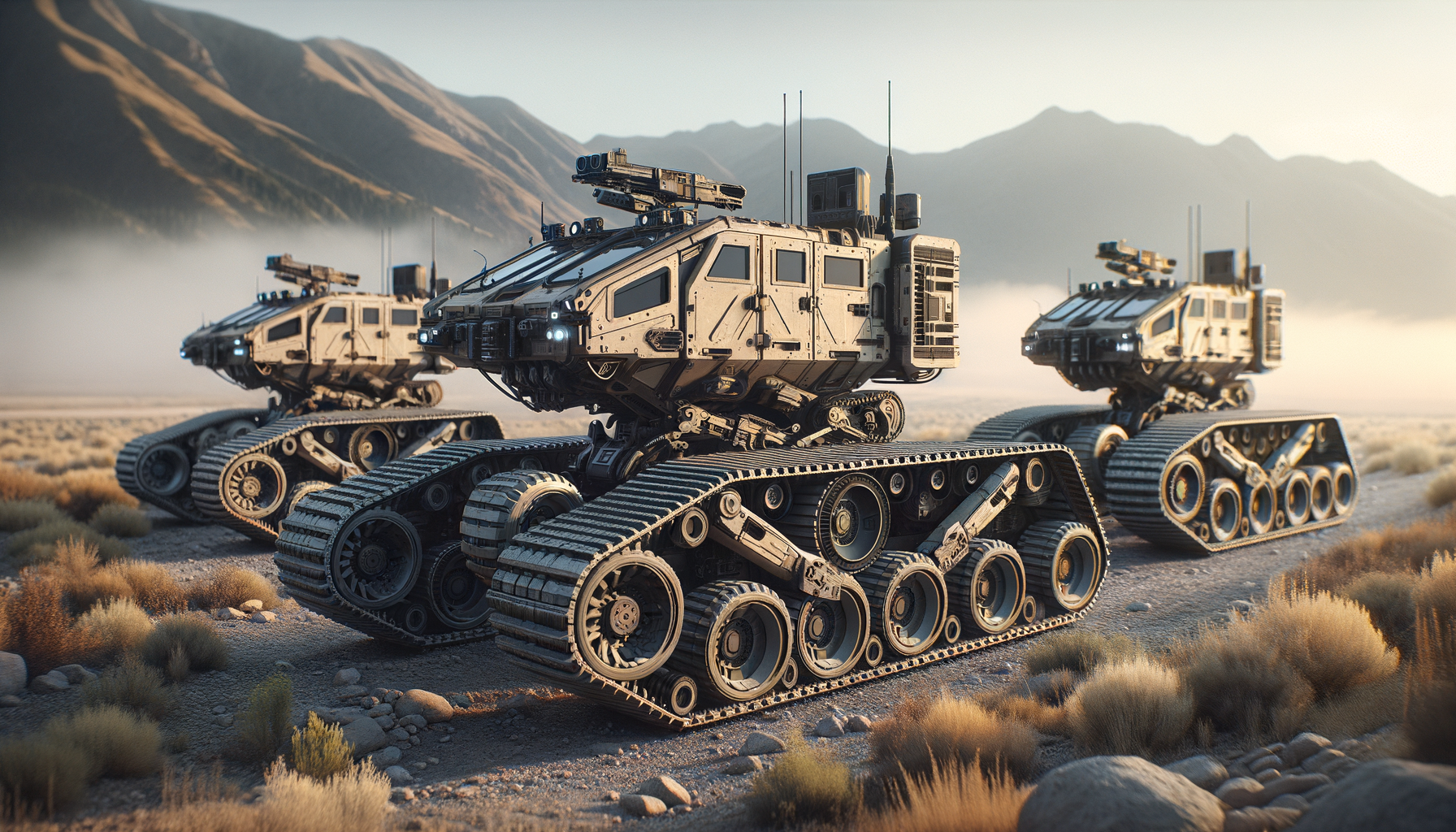Introduction to Tracked Military Vehicles in Civilian Life
Tracked military vehicles, traditionally associated with defense and combat, have found new roles in civilian life. These vehicles, known for their durability and capability to traverse difficult terrains, are being repurposed for various non-military applications. The transition from battlefields to civilian use not only showcases technological adaptability but also highlights the growing demand for robust machinery in sectors like agriculture, construction, and emergency services. This article delves into the multifaceted uses of tracked military vehicles in civilian contexts, examining their benefits, challenges, and future potential.
The Versatility of Tracked Vehicles in Agriculture
The agricultural sector is one of the primary beneficiaries of tracked military vehicles. These machines, originally designed to withstand harsh environments, are now being utilized to enhance farming efficiency. Tracked vehicles offer several advantages:
- Terrain Adaptability: Their tracks distribute weight evenly, minimizing soil compaction and allowing them to operate on soft or uneven ground.
- Heavy-Duty Performance: They can handle large loads and pull heavy equipment, making them ideal for tasks such as plowing and harvesting.
- All-Weather Capability: These vehicles can work in various weather conditions, ensuring consistent productivity.
Farmers have reported increased yields and reduced operational costs by integrating tracked vehicles into their farming routines. As technology advances, these vehicles are being equipped with GPS and precision farming tools, further enhancing their utility and efficiency.
Construction and Infrastructure Development
In the construction industry, tracked military vehicles have become invaluable assets. Their ability to navigate challenging terrains makes them suitable for infrastructure projects in remote or rugged areas. Key benefits include:
- Stability and Traction: Tracked vehicles provide stability and traction on loose surfaces, such as sand and gravel, reducing the risk of accidents.
- Heavy Lifting: They are capable of carrying and transporting heavy materials, facilitating the construction of large structures.
- Versatility: With modifications, these vehicles can be adapted for various construction tasks, from excavation to material transport.
As urbanization continues to expand, the demand for adaptable and durable construction equipment grows. Tracked vehicles, with their robust design and capability to function in diverse environments, are poised to meet this demand.
Emergency Response and Disaster Management
In emergency response and disaster management, tracked military vehicles play a crucial role. Their ability to access hard-to-reach areas makes them indispensable during natural disasters. Benefits in this sector include:
- Rapid Deployment: These vehicles can quickly reach disaster zones, providing essential aid and support.
- Evacuation and Rescue: Their durability allows them to transport people and supplies safely, even in hazardous conditions.
- Infrastructure Support: Tracked vehicles can clear debris and create pathways, facilitating rescue operations.
Governments and organizations are increasingly investing in these vehicles to enhance their disaster preparedness and response capabilities. With climate change leading to more frequent and severe weather events, the role of tracked vehicles in emergency management is likely to expand.
Challenges and Future Prospects
While the civilian use of tracked military vehicles presents numerous opportunities, it also poses challenges. Key issues include:
- Cost: The high cost of acquisition and maintenance can be a barrier for some sectors.
- Regulatory Hurdles: Adapting military vehicles for civilian use may require navigating complex regulations and compliance standards.
- Technology Integration: Retrofitting these vehicles with modern technology can be challenging but necessary for maximizing their potential.
Despite these challenges, the future looks promising. Advances in technology, such as electric and autonomous vehicles, are likely to further enhance the capabilities of tracked vehicles. As industries continue to seek robust solutions for diverse applications, the adaptation of military technology for civilian use will remain a key area of innovation and growth.
Conclusion: Bridging Military Innovation with Civilian Needs
The adaptation of tracked military vehicles for civilian purposes is a testament to human ingenuity and the endless possibilities of technological innovation. From agriculture to disaster management, these vehicles offer solutions that meet the demands of various industries. As we continue to explore and refine their applications, tracked vehicles will undoubtedly play a significant role in shaping the future of civilian infrastructure and services. By bridging the gap between military innovation and civilian needs, we can harness the full potential of these remarkable machines.








